|
 Colt Model
1903 Pocket Hammerless .32 ACP serial number 571837
- A late military Model M .32 ACP pistol, parkerized finish, serial number
571837, with U.S. PROPERTY mark on right side of frame and faint ordnance mark on
left rear frame behind thumb safety.
Pistol was issued to Major General John "Jack" G. Van Houten, U.S. Army. Major
General Van Houten was instrumental in the rebirth of the Army Rangers.
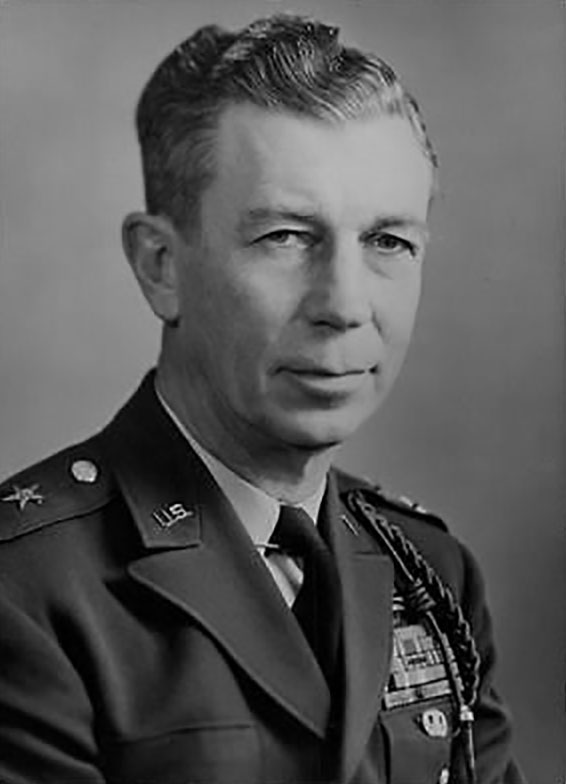
Major General John G. Van Houten
(March 4, 1911 - 23 February 23, 1974)
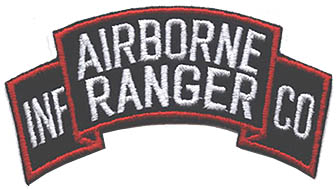 Major General John G. Van
Houten was instrumental in the rebirth of the Army Rangers. Van Houten was
an experienced combat leader in World War II, commander of the 60th
Infantry Regiment, 9th Infantry Division in the savage battle of the Huertgen Forest. At the outbreak of the Korean War, Army Chief of Staff
General J. Lawton Collins directed the establishment of the Ranger Training
Center at Fort Benning Georgia. As the commander, COL Van Houten instituted
a rigorous training program that trained fourteen Ranger companies, six that
saw combat in Korea. The Army disbanded the Ranger companies in 1951, but
retained the Ranger Training Center to infuse the Army with Ranger-trained
soldiers. Van Houten later commanded the 8th Infantry Division and served as
the Commander of the Military District of Washington. His legacy is the
Ranger Training Brigade at Fort Benning Georgia. Source:
https://arsof-history.org/icons/houten.html
Additional Reading:
Rebirth of The Rangers: The Ranger Infantry Companies in Korea
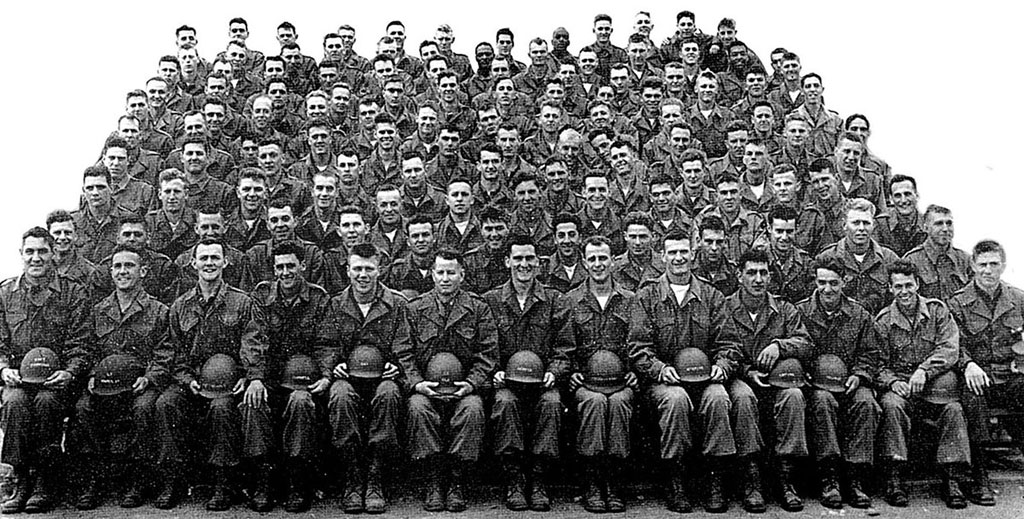
Airborne Class: The Korean War Ranger Companies were airborne units. Those
volunteers not already jump qualified attended the Army Parachute School at
Fort Benning, Georgia. Source:
https://arsof-history.org/articles/v6n2_rebirth_of_rangers_page_1.html
|
Major
General John Gibson Van Houten
(ASN: O-16669) |
| 11 Mar 1904 |
|
B-Bibb, Georgia |
| 17 Sep 1920 |
|
Enlisted, United States Army |
| Jun 1926 |
Education |
BS in Agriculture, University of Georgia |
| 30 Jun 1926 |
|
Admitted-Florida, Commissioned 2nd Lieutenant (Cav) |
| 1928 |
|
Company D, 29th Infantry Regiment |
| 1930 |
Education |
Infantry School - Company Officer Course |
| 1 Oct 1932 |
|
Promoted to 1st Lieutenant |
| 30 June 1936 |
|
Promoted to Captain |
| 1939 |
|
Headquarters Company, 23rd Infantry Regiment |
| 13 Apr 1940 |
|
Residence: San Antonio, Texas |
| 5 Feb 1941 |
|
Promoted to Major (Temporary) |
| 1941 |
Education |
Command and General Staff School (college) |
| 1942 |
|
Headquarters, 35th Infantry Division |
| 1 Feb 1942 |
|
Promoted to Lieutenant Colonel (Temporary) |
| 18 Feb 1943 |
|
Promoted to Colonel (Temporary) |
| 30 Jun 1943 |
|
Promoted to Major (Permanent) |
| 8 Oct 1944 – 31 Dec 1944 |
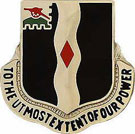 |
Commanding Officer/Regimental Commander, 60th
Infantry Regiment, 9th Infantry Division, |
| 1944 |
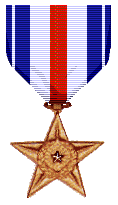 |
Silver Star
AWARDED FOR ACTIONS DURING World War II
Service: Army
Division: 9th Infantry Division
GENERAL ORDERS:
Headquarters, 9th Infantry Division, General Orders No. 111
(1944)
CITATION:
(Citation Needed) - SYNOPSIS: John G. Van Houten (ASN: O-16669),
United States Army, was awarded the Silver Star for conspicuous
gallantry and intrepidity in action against the enemy while
serving with the 9th Infantry Division during World War II. |
| 1945 |
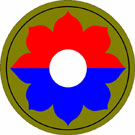 |
Headquarters, 9th Infantry Division |
| 1946 |
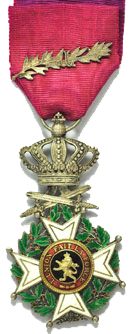 |
Officer of the Order of Leopold with Swords &
Palm |
| 1946 |
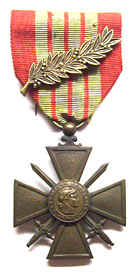 |
Croix de Guerre with Palm (Belgian Decree #1576) |
| 1949 |
Education |
National War College |
| 1 Aug 1950 |
 |
Promoted to Colonel (Permanent) |
| 29 Aug 1950 |
|
GEN J. Lawton Collins, issued a memorandum
directing the establishment of experimental “Marauder” companies
to deal with the guerrilla threat during the Korean War. GEN
Collins selected veteran World War II infantry regimental
commander Colonel (COL) John G. Van Houten, to assemble and
train the Ranger companies. His deputy was COL Edwin A. Walker,
former commander of the WWII First Special Service Force. |
| 15 Sep 1950 |
 |
The Ranger Training Center is formed at the U.S.
Army Infantry Center at Fort Benning, GA. The training
facility was to be established and staffed to train the first
volunteers by 1 October 1950. |
| 6 Aug 1951 |
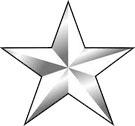 |
Colt 1903 Pocket Hammerless .32 ACP pistol
serial number 571837
Shipped to: BG John G. Van Houten
Camp Atterbury, Indiana, with Right hand GO holster
National Stock Number: 1005-00-317-2468 |
| 1954 |
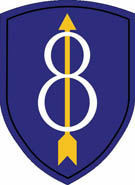 |
Commanding General, 8th Infantry Division, Fort
Carson, Colorado
Headquarters, 8th Infantry Division |
| |
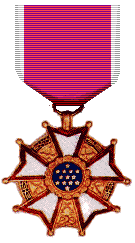 |
Legion of Merit |
| |
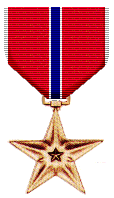 |
Bronze Star Medal with Oak Leaf Cluster |
| |
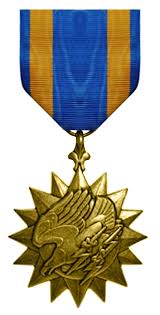 |
Air Medal |
| |
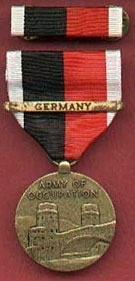 |
Army of Occupation Medal with Germany Clasp |
| |
 |
Combat Infantry Badge |
| |
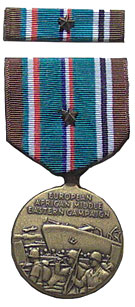 |
European-African-Middle Eastern Campaign Medal
with 1 silver star |
| |
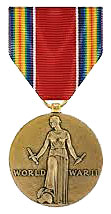 |
WWII Victory Medal |
| |
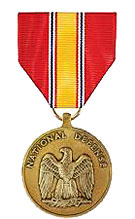 |
National Defense Service Medal |
| 6 Feb 1956 |
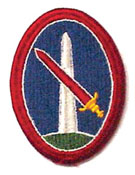 |
Commanding General, Military
District of Washington |
| 1961 |
|
Army Council of the Review Boards, Washington,
D.C. |
| 17 Jul 1961 |
 |
Retired from the U.S. Army, Major General |
| 19 Jul 1961 |
 |
Army Distinguished Service Medal
AWARDED FOR ACTIONS DURING Cold War
Service: Army
Rank: Major General
GENERAL ORDERS:
Department of the Army, General Orders No. 23 (July 19, 1961)
CITATION:
The President of the United States of America, authorized by Act
of Congress July 9, 1918, takes pleasure in presenting the Army
Distinguished Service Medal to Major General John G. Van Houten
(ASN: O-16669), United States Army, for exceptionally
meritorious and distinguished services to the Government of the
United States, in duties of great responsibility from August
1951 to June 1961. |
| 23 Feb 1974 |
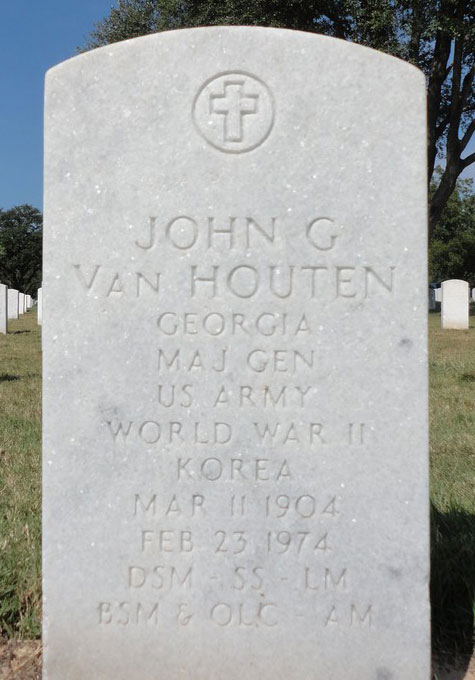 D - Paranagua, Parana, Brazil,
Burial: Fort Sam Houston National Cemetery
San Antonio, Bexar County, Texas, USAPlot: Section V Site 260
Memorial ID: 60604227 |
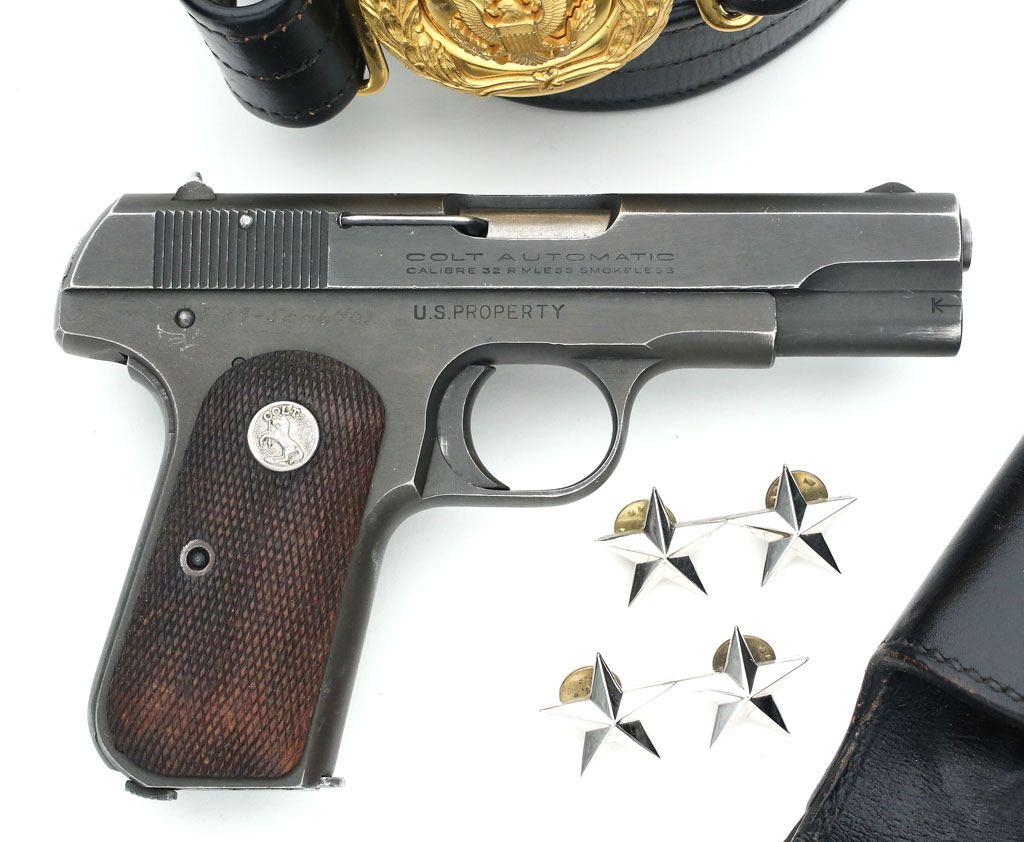
Colt Model 1903 Pocket Hammerless .32 ACP serial number 571837
- U.S. PROPERTY roll mark on
right side of frame. Also on the right side of the frame is MG Van
Houten's social security number that he engraved on the gun.
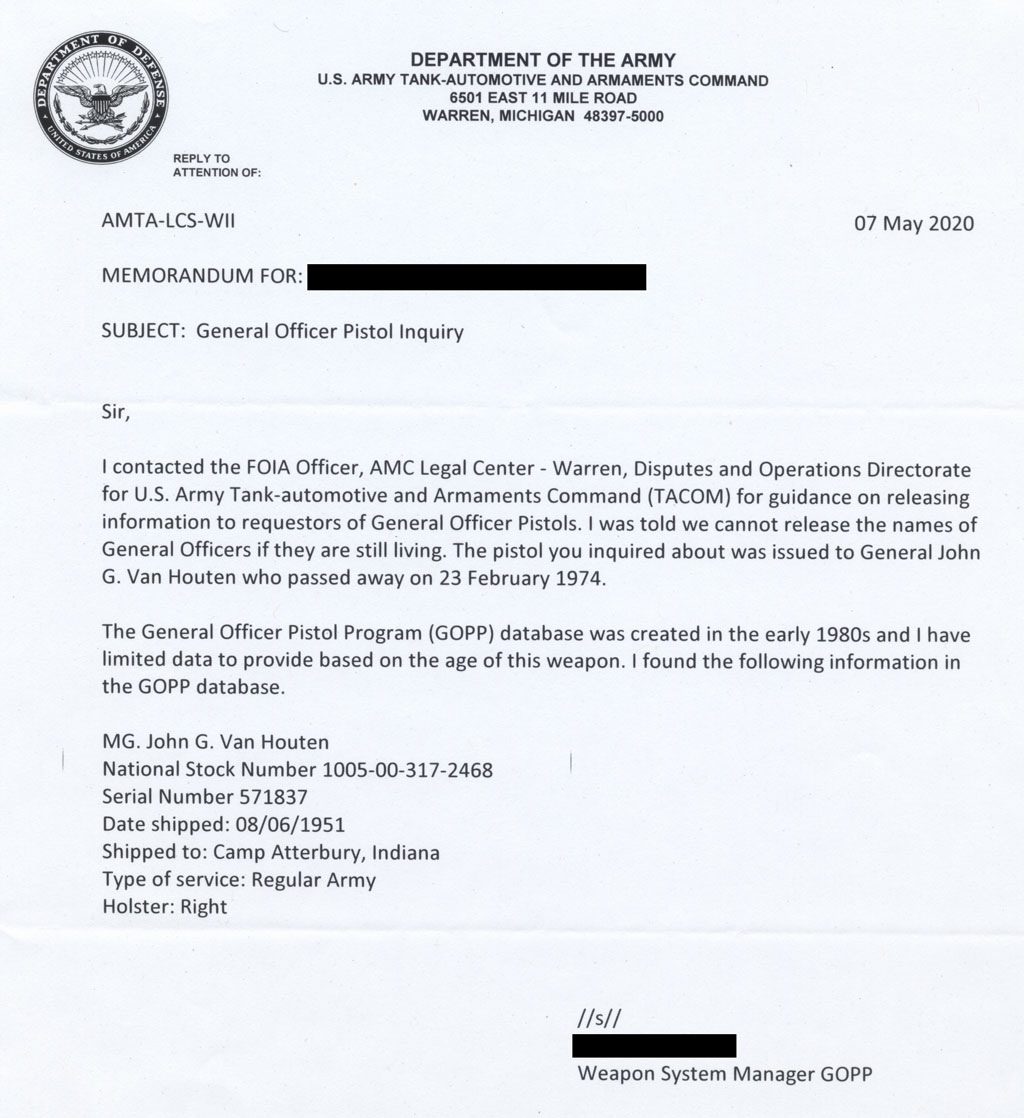
MAJOR GENERAL JOHN G. VAN HOUTEN
2006 INDUCTION TO THE RANGER HALL OF FAME
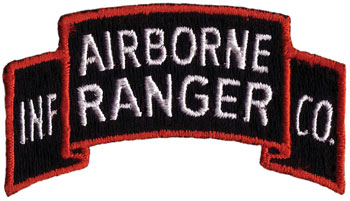 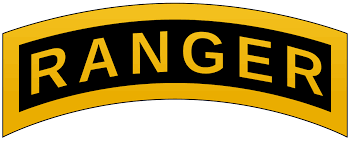
MG John Gibson Van Houten is being inducted into the Ranger Hall of Fame for
his exemplary leadership, dedication and inspiration to the Ranger Course
over a career that began as a 2LT in 1926 and culminated as the Commanding
General of the Military District of Washington. Following the outbreak of
the Korean War, the Chief of Staff of the United States Army selected
Colonel John G. Van Houten to head the Ranger Training Command which
consisted of a headquarters detachment and four Airborne Ranger Infantry
Companies at Fort Benning, Georgia. Known for his ruthless sorting out
process of the volunteer Soldiers, Colonel Van Houten held the members of
the Ranger Companies to extremely high standards. His men willingly accepted
"extremely hazardous" duty in the combat zone in the Far East. Ranger Van
Houten is considered one of the four men at the cornerstone of Ranger
training, developing and implementing a training plan that was the
predecessor to the current Ranger Training Brigade. Recognizing that a
Ranger is a more elite soldier, Colonel Van Houten fought for and was
authorized by the Department of the Army to award the graduating volunteers
the black and gold ranger tab. His trained volunteers accomplished
incredible feats during the Korean War, including 4th Ranger Company's
daring over-water raid at the Hwachon Dam. As the initial Head of the now
Ranger Training Brigade, MG Van Houten recruited and trained soldiers that
were mentally fit, physically strong, and morally straight, and that Led the
Way in every mission. (Source:
https://www.benning.army.mil/infantry/artb/RHOF/index.html)
Rangers All the Way!
by Chris Semancik, Army Heritage Museum - September 16, 2008
International strategic threats can materialize at any moment. The eruption
of the Korean War in June of 1950 posed such a threat. Responding to initial
successes of enemy infiltration tactics that summer, Army Chief of Staff
General J. Lawton Collins authorized the establishment of four companies of
Airborne Rangers and selected Colonel John Gibson Van Houten to establish an
Airborne Ranger Training Program at Fort Benning, Georgia. Although the U.S.
Army had raised seven battalions of Rangers during World War II, along with
the 1st Special Service Force and several Marauder and OSS detachments,
these highly trained specialized groups were disbanded after the cessation
of hostilities.
The Ranger training program that was envisioned by Colonel Van Houten would
combine the best of the lessons learned of training, doctrine and equipment
from the various elite forces that had existed in World War II. Van Houten
and a small staff worked quickly to assemble the finest experienced men
still in service who had seen action in former elite forces, including
several hand-picked individuals who had served in either allied or former
adversary commando type organizations and who were now serving as United
States citizens in the U.S. Army.
This select cadre of career Army officers and NCOs turned a disused,
secluded portion of the barracks at Fort Benning, Georgia, into an advanced
training camp in just five days. Working around the clock, from September 15
to September 20, when the first Ranger volunteers arrived, the Ranger
Training Command created a tough, realistic training environment which
included extreme physical training, live-fire exercises, and advanced field
problems executed in all weather and terrain conditions day or night.
Along with amphibious training, the new organization would be airborne
qualified. Colonel Van Houten made airborne status mandatory for each Ranger
and did not exempt himself or the training cadre. Advanced infiltration
techniques formed the core of the Benning program, including intelligence
gathering, foreign weapons mastery, strongpoint demolition, escape and evade
procedures, foreign map reading, and language skills. Learning such
techniques made the units capable of the most extreme operations behind
enemy lines.
The 1st Ranger Company, numbering 112 men, entered into combat in Korea on
December 17, 1950, as an attached element of the 2nd Infantry Division and
quickly proved itself by destroying the headquarters of 12th North Korean
Division nine miles behind enemy lines. More units from Fort Benning rapidly
followed and engaged in a variety of special missions and daring actions,
including a combat jump into Munsan-Ni by the 2nd and 4th Ranger Companies,
followed by an amphibious assault on the Hwachon Dam by elements of the 4th,
and a legendary no-man's-land battle which pitted 33 men of the 8th Ranger
Company against two Chinese reconnaissance units in front of the U.S. 24th
Infantry Division.
Despite such impressive service, the U.S. Army inactivated the six Ranger
companies in Korea in August, 1951. The following month, the Army
inactivated the remaining nine Ranger companies and disbanded the Ranger
Training Command. Thereafter Ranger training would be provided through a
Ranger Department of the Infantry School at Fort Benning. The trainees,
however, would no longer serve in distinct Ranger companies but would return
to their parent organizations.
The War in Vietnam would once again see the use of Ranger companies, but it
was not until 1974 that the U.S. Army authorized its first permanent
peace-time Ranger unit by General Order 127, creating the 1st and 2nd
Battalions of the 75th U.S. Infantry. Rangers of the 75th have subsequently
been called upon to rapidly deploy in various operations around the world
right up to the present day.
As a point of interest and Ranger pride, photographic evidence documents the
Rangers training at Ft. Benning in 1950 wearing patrol caps with the brims
removed, anticipating the Ranger beret, which has become an internationally
recognized symbol of these elite forces. The Korean Airborne Rangers were
truly Rangers -- Rangers all the way! (source:
https://www.army.mil/article/12478/rangers_all_the_way) |